Another soil prep done
Hot off the Press!
Pupils from Scoil Fhursa, Volunteers from #awsincommunities and CoolPartner Volunteers from Usee.ie - take a bow, another forest prep done and ready for planting in the new Year. Super slick and the weather was kind too.
Special thanks also to the team at Cates Cafe in Donabate for preparing an amazing selection of sandwiches' for our hungry crew. They were well received.
A big thank you to the #awsincommunities team for funding to make this happen for this wonderful school on Dublins Northside.
Onto next Friday when we do the last prep of the year in Hartstown Community School #makingplanetearthcool #esg #csr Dave McDonnell Conor McCaffrey Kim Lake Cara Moore
Miyawaki Forests: A Green Revolution
In recent years, the world has witnessed a growing concern for the environment and a pressing need to combat the adverse effects of deforestation. As we grapple with the consequences of climate change, novel solutions are emerging, one of which is the concept of Miyawaki Forests. This innovative approach to reforestation is gaining momentum worldwide and offers hope for the restoration of our degraded ecosystems.
Understanding Miyawaki Forests
The Miyawaki method, named after Japanese botanist Akira Miyawaki, challenges traditional reforestation practices. Unlike conventional methods that involve planting saplings, this technique establishes dense and fast-growing forests by mimicking the conditions found in natural forests.
By creating a biodiverse ecosystem with a high density of trees, shrubs, herbs, and climbers within a small area, Miyawaki forests are capable of achieving rapid growth. These diverse ecosystems encourage the regeneration and rapid development of soil fertility, leading to self-sustaining forests that can provide invaluable ecological benefits.
The Power of Miyawaki Forests
Miyawaki forests offer a multitude of advantages over traditional reforestation efforts. Firstly, they have the potential to restore ecosystems in a fraction of the time it would take through standard techniques. The dense and diverse plantations promote natural succession, reducing the need for constant human intervention.
Moreover, these forests sequester carbon at an astonishing rate. Research has shown that Miyawaki forests can capture up to ten times more carbon than conventional plantations. Given the urgency of climate change, this feature alone makes Miyawaki forests an attractive option in our quest for carbon neutrality.
Transforming Urban Landscapes
Urban environments present unique opportunities and challenges for reforestation efforts. Miyawaki forests have emerged as an effective solution to transform barren urban spaces into vibrant green patches. These forests help mitigate the urban heat island effect, reduce air pollution, and create habitats for wildlife, thus improving the overall quality of life in cities.
Supporting Biodiversity Conservation
Biodiversity loss is an ever-growing threat to our planet. By creating dense forests with a variety of plant species, Miyawaki forests serve as havens for biodiversity. These ecosystems become home to a wide range of flora and fauna, including insects, birds, and small mammals. As we continue to lose natural habitats, Miyawaki forests play a crucial role in preserving and promoting biodiversity.
A Call for Action
The success and potential impact of Miyawaki forests warrant an urgent call for action. Governments, communities, and individuals must recognize the role these forests can play in combating climate change, restoring ecosystems, and protecting biodiversity.
Incentives should be provided for urban developers to incorporate Miyawaki forests into their plans, transforming concrete jungles into thriving green spaces. Reforestation projects, whether small-scale community initiatives or large-scale government programs, should explore and promote the Miyawaki method. By taking collective action, we can magnify the impact of these forests and accelerate the process of ecological restoration.
In conclusion, Miyawaki forests represent a green revolution, providing hope for a sustainable future. Through their immense potential to sequester carbon, restore ecosystems, and promote biodiversity, these dense and diverse forests have become a beacon of possibility. Let us embrace this innovative approach and work together to create a greener and healthier planet for generations to come.


